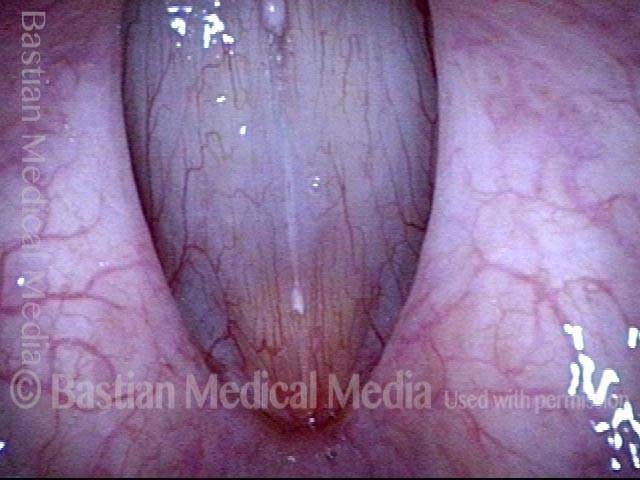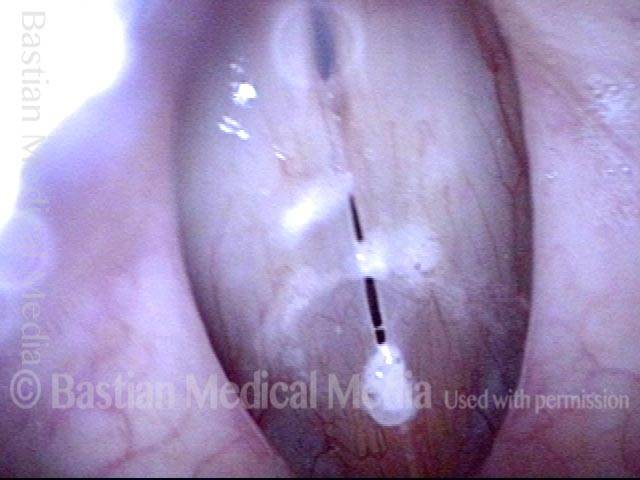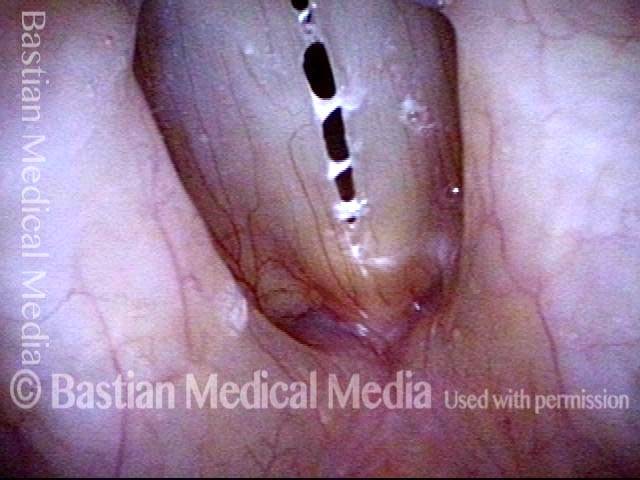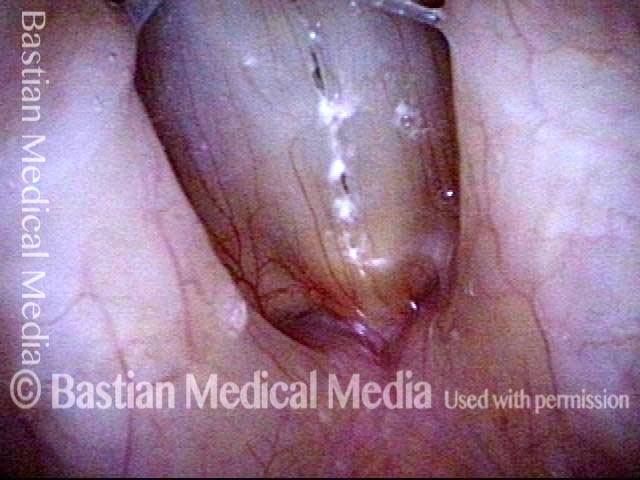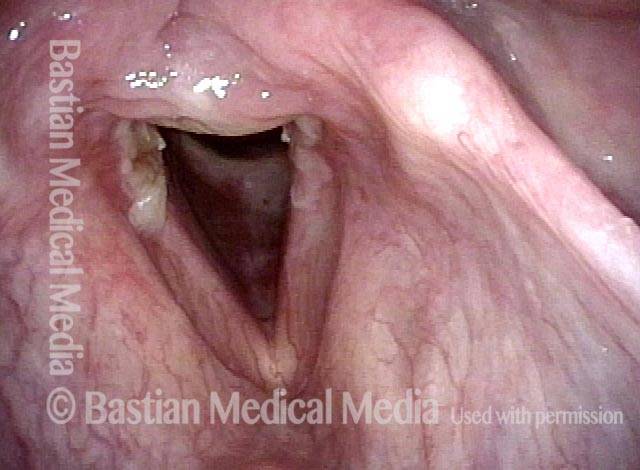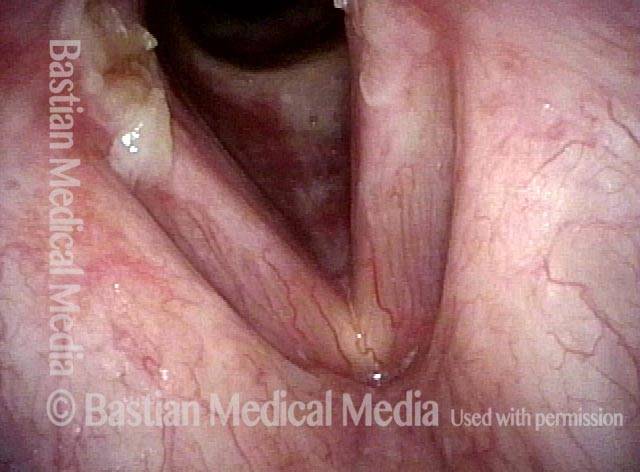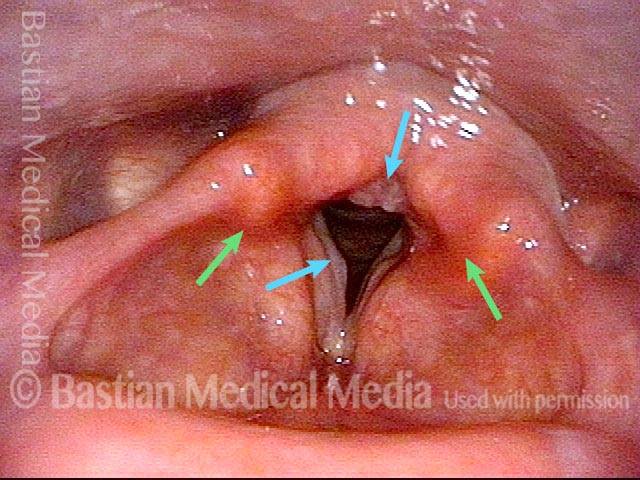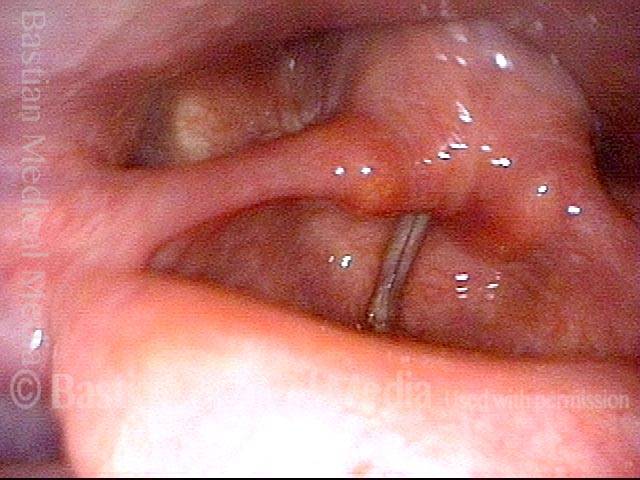The backward flow (reflux) of acid from stomach up into the esophagus or, even further up, to the level of the laryngopharynx. Symptoms may be esophageal, laryngopharyngeal, or both. Esophageal symptoms include heartburn, indigestion, and acid belching. Laryngopharynx symptoms tend to include dry throat, husky (especially morning) voice, frequent morning throat clearing, excessive mucus, and mildly sore throat.
Sometimes acid reflux is diagnosed when it isn’t the real problem. The do-it-yourself trials in this downloadable article can help a person and his or her personal physician verify if acid reflux is the appropriate diagnosis: When Acid Reflux Treatment Takes You Down a Rabbit Trail.¹
I’m told I have acid reflux, but how can that be if I don’t have heartburn?
It is possible to have an MI (heart attack) without any chest pain. In the same way, it is possible to have acid reflux up the esophagus without any heartburn. Beyond this, even if acid comes up into the throat at night, this may not waken you unless it is major. Think of gentle-to-moderate rain in the night as an analogy. If you do have the nighttime reflux, however, you may notice symptoms such as a dry or scratchy/sore throat, increased mucus production with throat clearing, a deep morning voice requiring more warmup if you must sing early in the day. The potential for “silent” reflux explains why physicians may suggest a treatment trial even when you have no awareness of actual acid either during the day, or at night.
Is surgery a good treatment for people that have acid reflux?
Initial approaches involve dietary changes (avoiding alcohol, spicy foods, caffeine, acidic foods, and possibly gluten) and trying not to eat for 3 hours before bed. Also, many take an OTC acid reducer like omeprazole. Surgery is the last choice to manage reflux, and is for those with severe, documented GERD or LPRD unresponsive to conservative measure of management. See the article link above for more information.
See also: gastroesophageal reflux disease and laryngopharynx acid reflux disease.
1. Originally published in Classical Singer, April 2009. Posted with permission.


